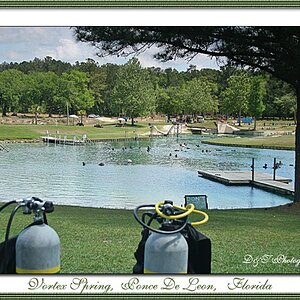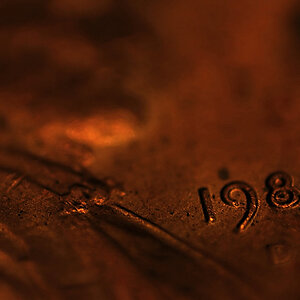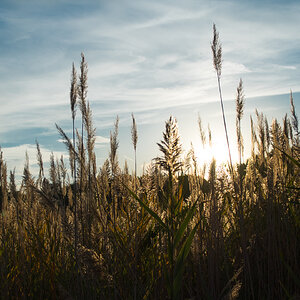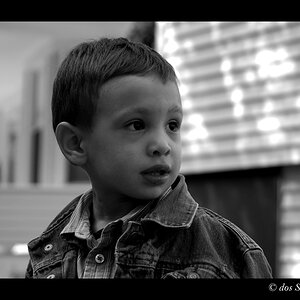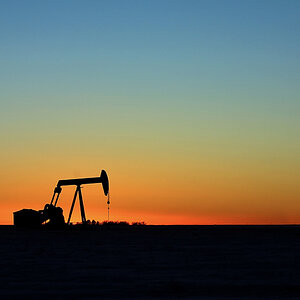chrisjones75
TPF Noob!
- Joined
- Sep 25, 2009
- Messages
- 5
- Reaction score
- 0
- Location
- shropshire
- Can others edit my Photos
- Photos OK to edit
afternoon team!
i have playing around with light trails, etc, but would really like to get some shots of running water in the daylight, so i slow my shutter speed down, and guess what?! WHITE!
its ok at night, naturally, but i want some day time shots of the sea...
what can i do to slow the shutter speed down and not over expose my shots?!
thanks in advance for anything that works!
chris
i have playing around with light trails, etc, but would really like to get some shots of running water in the daylight, so i slow my shutter speed down, and guess what?! WHITE!
its ok at night, naturally, but i want some day time shots of the sea...
what can i do to slow the shutter speed down and not over expose my shots?!
thanks in advance for anything that works!
chris



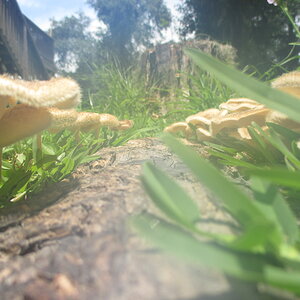
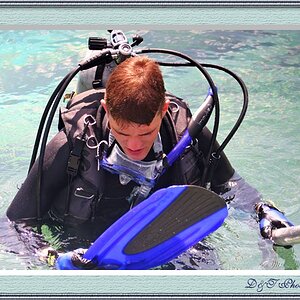
![[No title]](/data/xfmg/thumbnail/34/34053-89f2960a2f30add00b9b4379abd6dd12.jpg?1619736253)
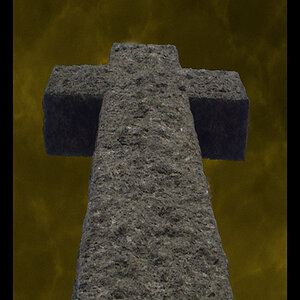
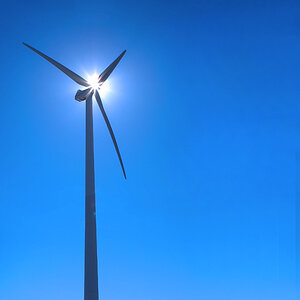
![[No title]](/data/xfmg/thumbnail/38/38743-ad854d502dddc7f41a927f1731a504cd.jpg?1619738704)
